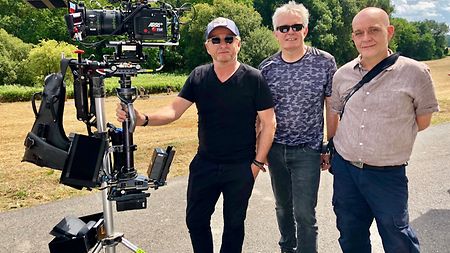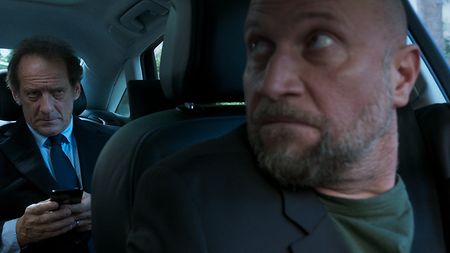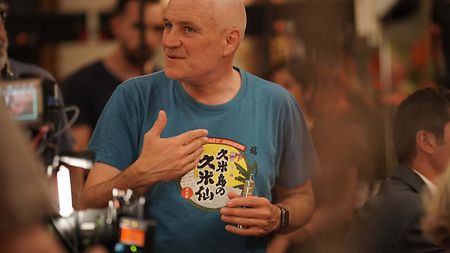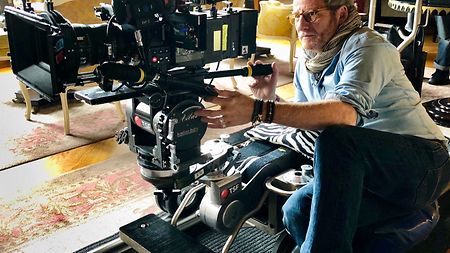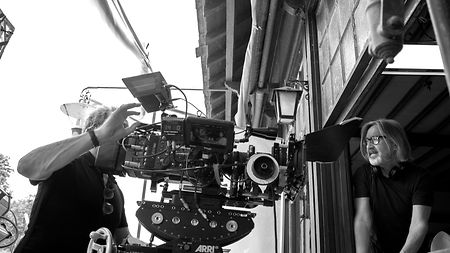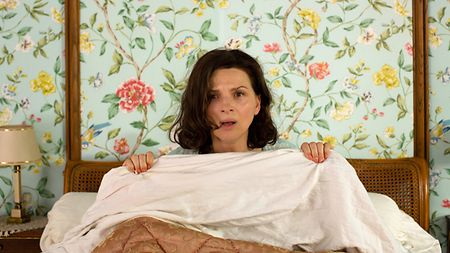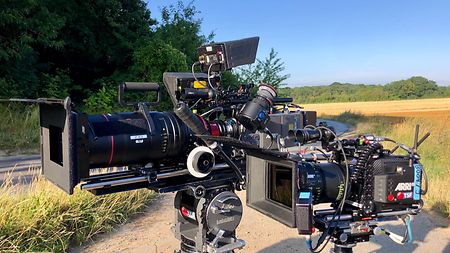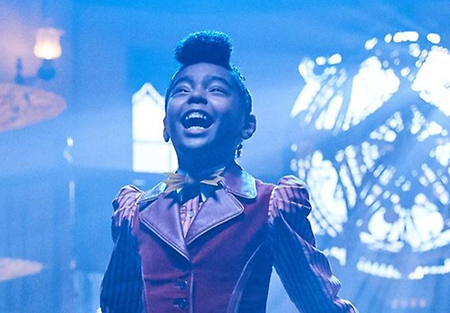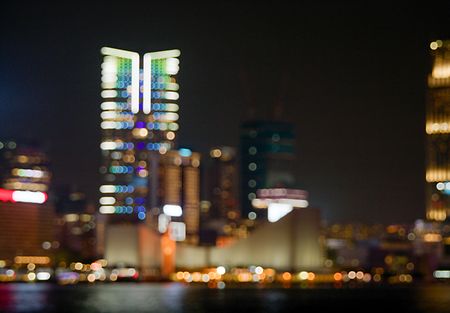Since his work on “The Artist” won him multiple best cinematography accolades including a BAFTA, a César Award, and an Independent Spirit Award, Guillaume Schiffman AFC has been in the spotlight. For his three latest collaborations on “How to Be a Good Wife” by Martin Provost, “Waiting for Bojangles” by Régis Roinsard, and Jan Kounen's “My Cousin,” he decided to shift his tool set in favor of the new ARRI ALEXA LF large format camera and the ARRI Signature Prime lenses. In an interview with ARRI, Schiffman talks about working with ARRI equipment—cameras, lenses, and lighting—and how they helped him achieve the required look.
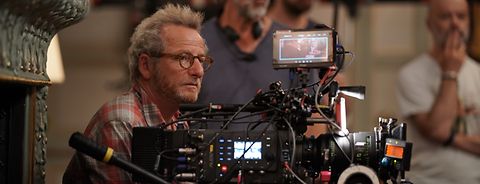
DP Guillaume Schiffman AFC relies on the combination of ARRI ALEXA LF with ARRI Signature Prime lenses
“How to Be a Good Wife,” a hit this summer in French cinemas, along with soon to be released “My Cousin”and“Waiting for Bojangels” were all captured with ALEXA LF and ARRI Signature Prime lenses. Cinematographer Guillaume Schiffman AFC explains his choice of tools which also included ARRI SkyPanel and ALEXA Mini LF.
